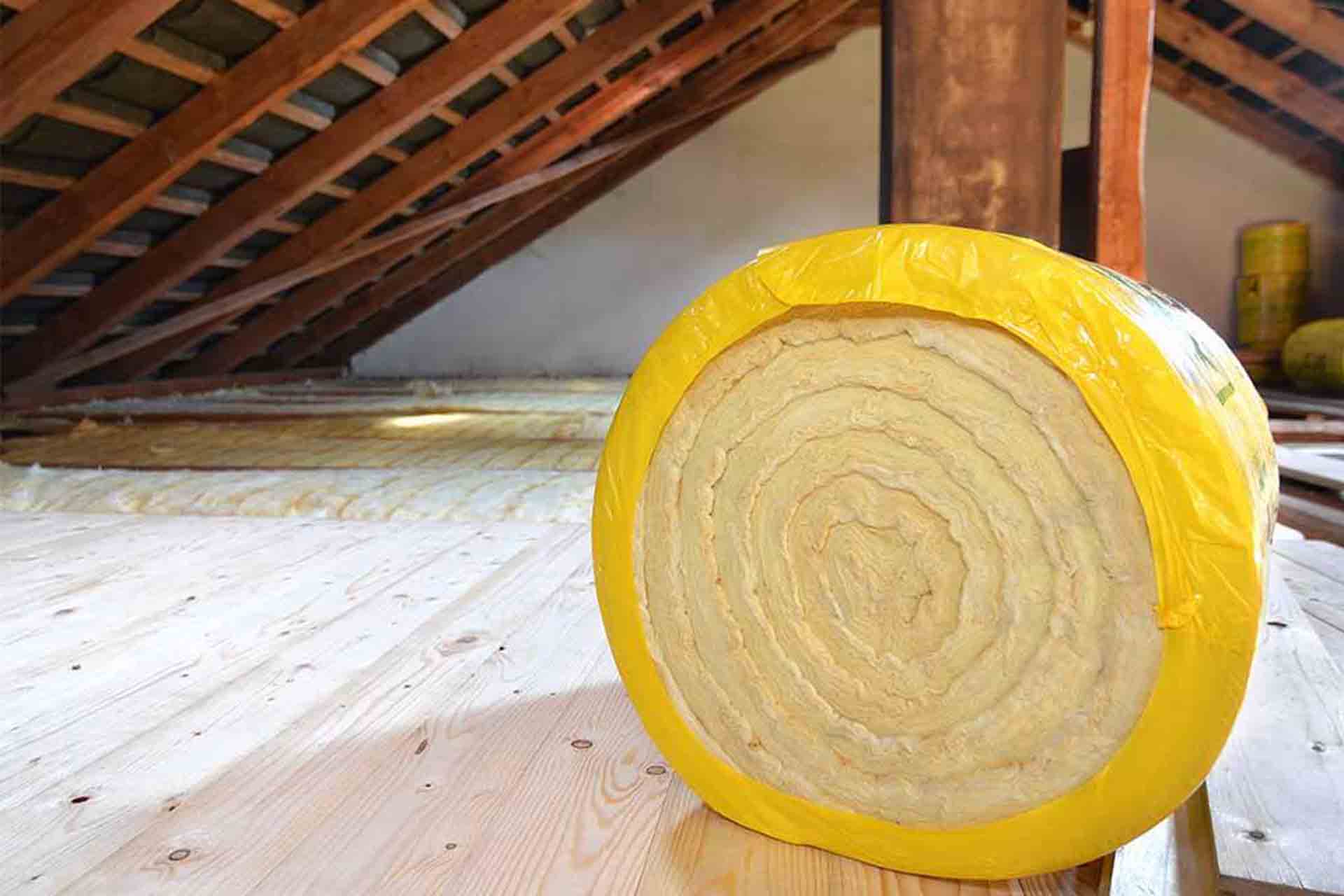In the realm of construction materials, mortar and concrete mix are two fundamental components that play crucial roles in various applications. While they share similarities, it is essential to understand their differences to ensure their appropriate usage. This blog post aims to delve into the disparities between mortar and concrete mix, shedding light on their unique properties, compositions, and applications.
- Composition:
Mortar:
Mortar is a mixture of cementitious materials, fine aggregates, and water. The cementitious materials commonly used in mortar include Portland cement, lime, or a combination of both. Fine aggregates, such as sand, are added to provide strength and workability. Water acts as a binder, facilitating the hydration process and ensuring proper adhesion.
Concrete Mix:
Concrete mix, on the other hand, consists of cementitious materials, coarse aggregates, fine aggregates, and water. In addition to Portland cement, concrete mix often incorporates supplementary cementitious materials like fly ash or slag cement. Coarse aggregates, such as gravel or crushed stone, provide structural strength, while fine aggregates enhance workability. Water is essential for the hydration of cement and the flowability of the mix.
- Strength and Durability:
Mortar:
Mortar is primarily designed for bonding masonry units, such as bricks, stones, or concrete blocks. It possesses lower compressive strength compared to concrete mix, typically ranging from 750 to 2500 pounds per square inch (psi). Mortar's primary function is to ensure the stability and integrity of masonry structures, offering excellent adhesion and resistance to weathering.
Concrete Mix:
Concrete mix is engineered to withstand substantial loads and provide structural support. With higher cement content and the inclusion of coarse aggregates, it exhibits significantly greater compressive strength, typically ranging from 2500 to 5000 psi or even higher. Concrete mix is suitable for various applications, including foundations, slabs, columns, and structural elements, offering exceptional durability and long-term performance.
- Workability and Application:
Mortar:
Due to its fine aggregate content, mortar has a higher water-retaining capacity, making it more workable and easier to spread. It is commonly used for bricklaying, stone masonry, and plastering, providing a strong bond between masonry units. Mortar can be further categorized into different types, such as Type N, Type S, or Type M, depending on the specific construction requirements.
Concrete Mix:
Concrete mix, with its coarse aggregates, has a lower water-retaining capacity, resulting in a stiffer consistency. It requires proper vibration or compaction during placement to eliminate voids and ensure uniformity. Concrete mix finds extensive use in structural applications, including reinforced concrete beams, slabs, and columns, where its strength and load-bearing capabilities are essential.
- Appearance and Finish:
Mortar:
Mortar is typically lighter in color and smoother in texture, allowing it to blend seamlessly with masonry units. It offers a clean and aesthetically pleasing finish, enhancing the overall appearance of the structure. Mortar can also be pigmented to achieve desired color variations, providing additional design flexibility.
Concrete Mix:
Concrete mix, with its coarse aggregates, exhibits a rougher texture and a more substantial appearance. While it is often covered with finishes like paint or coatings, exposed concrete surfaces can be polished or stamped to create decorative effects. Concrete mix allows for a wide range of design possibilities, including various colors, textures, and patterns.
Conclusion:
In summary, mortar and concrete mix are distinct materials with different compositions, strengths, workability, and applications. Mortar excels in bonding masonry units, offering excellent adhesion and weather resistance. Concrete mix, with its superior strength and durability, serves as a structural element in various construction projects. Understanding the disparities between these two materials is crucial for selecting the appropriate one for specific applications, ensuring the success and longevity of construction endeavors.

